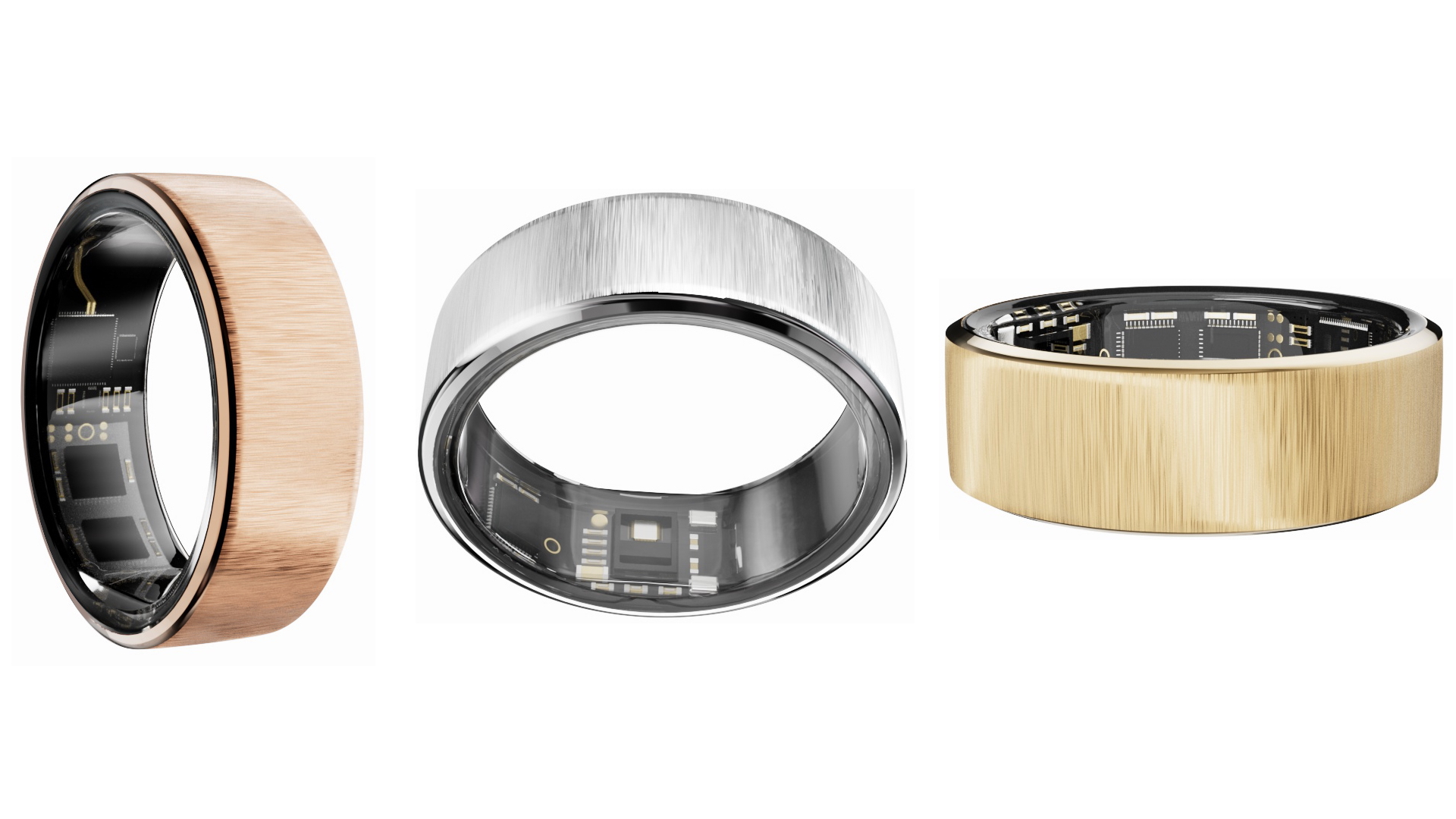What you need to know
- The Ultrahuman Rare Desert Collection was announced at CES 2025, available in Desert Rose, Dune, and Desert Snow.
- It uses similar components to the Ultrahuman Ring Air, including sleep, movement, and health tracking.
- They start at £1,499, well above the normal cost for smart rings, with premium gold or platinum materials.
Smart rings have always struck a balance between smarts and style. The Ultrahuman Rare will lean heavily towards the latter, with truly premium materials and a “handcrafted” design that’ll blend in more as traditional jewelry. And I suspect it’ll be the first smart ring of many to go all in on luxury.
Announced at CES 2025, the Ultrahuman Rare “Desert Collection” will come in Desert Rose, Dune, and Desert Snow. The first two use 18K gold sourced from “approved refineries” and cost £1,499, while Rare Desert Snow uses PT950 Platinum (meaning it’s 95% platinum) and jumps to £1,799.
All three luxury smart rings will have a brushed texture on the outer shell that’s meant to reflect light in distinct ways, standing out from the typical matte or glossy appearance of normal titanium smart rings.
On the inside, of course, Ultrahuman Rare rings are normal. Like the £329 Ultrahuman Ring Air, the Rare series has 6-axis motion sensors, PPG, and skin temp sensors that track sleep quality, recovery, and activity. Ultrahuman says that “what sets the Rare apart…is the complex engineering that goes into making a robust yet aesthetic form factor out of gold, platinum, and rose gold.”
Anyone who buys the extravagant Ultrahuman Rare will get a lifetime subscription to UltrahumanX — meaning the company would theoretically replace your Rare if it’s stolen — and access to all current and future PowerPlugs like AFib detection and smart alarms, without having to pay for access.

Still, the Ultrahuman Rare will be darn expensive when it launches in mid-January; the priciest rival smart ring at the moment is the $499 Oura Ring 4 in Gold or Rose Gold. Plus, it’ll be exclusively available in two department stores: Selfridges in London and Printemps in Paris.
I doubt if the Ultrahuman Rare will sell anywhere near the scale of traditional smart rings at that price, but I’ve heard stories of people using smart rings as wedding bands, and I’m curious if tech-savvy folks would want to pay a premium for better materials, while still getting normal sleep tracking.
The big question, in my mind, will be longevity. Ultrahuman says in its FAQ page that “a gradual reduction in battery life can be expected after 1 to 2 years” for any smart ring. So what happens when your expensive Ultrahuman Rare starts requiring frequent charges to keep working? I doubt Ultrahuman can dissemble its luxury rings to replace the battery and send it back, though I’d love to be surprised.
Whatever happens with the Ultrahuman Rare Desert Collection, I’m sure we’ll see more partnerships like this in the future, across brands. Imagine if you could find a premium Samsung Galaxy Ring in a Macy’s, or an Oura Ring Luxe with a limited-edition run partnered with Tiffany & Co.
No doubt there’ll be a market for luxury smart rings, with people paying extra for style without as much focus on exclusive smarts. And the same could easily apply to smart glasses, with more premium styles paired with speakers, cameras, and AI.
